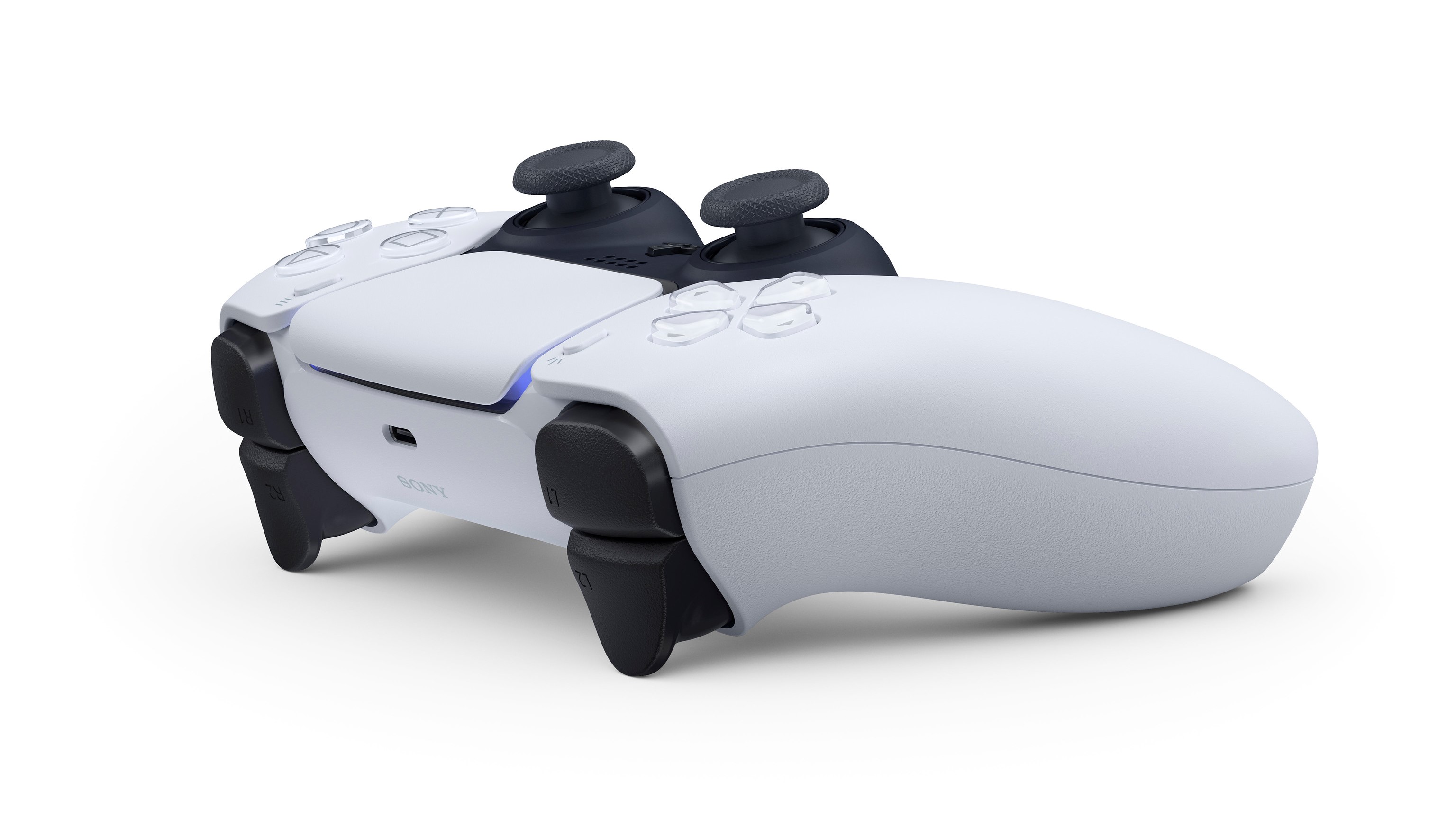
The PS5 is releasing soon and we've finally got a decent look at how the DualSense controller's adaptive feedback and haptic triggers work in this new teardown video.
Sony's DualSense controller is being touted as one of the best next-gen experiences to come from the PS5 and Xbox Series X consoles, and with consoles in the wild we're getting our best looks yet at the inner-workings of the DualSense controller.
A teardown of the DualSense has been shared on YouTube by TronicsFix , and has brought to light a number of differences and similarities against the PS4's DualShock 4 controller.
Where the DualShock 4 mainly relied on weights to deliver its small rumbles and vibrations, the PS5 DualSense has two large motors which, the video speculates, are most likely controlled by one of the chips on the motherboard.
In the video, we get a look at the motherboard, the DualSense analogue sticks, the faceplate, the triggers and much more.
- Sony details new PS5 and DualSense controller accessibility settings
- Everything we know about the DualSense PS5 controller
The video shows us how it's relatively easy to get the faceplate of the DualSense off, which means there could be a market for some custom controllers.
Compared with a PS4 controller, the battery size is much larger than its predecessor along with having a much more detailed motherboard and plenty of absorption and padding for all the extra vibration and haptic modules in the DualSense.
Get daily insight, inspiration and deals in your inbox
Sign up for breaking news, reviews, opinion, top tech deals, and more.
Also, disappointingly, the video points out that the analogue sticks look to be exactly the same as the ones used in the PS4's DualShock 4. This is bad news because it means we can potentially see more stick drift problems which plague the current PS4 controllers.
Check it out in the video below.
Haptic feedback
In terms of the adaptive triggers and the haptic feedback motors, there's something of a huge black frame inside the controller which is attached to the motherboard.
This black frame houses the L2 and R2 triggers and fills in a lot of space inside the controller's case and frame. The haptic motors, which are on the bottom left and right of the controller, are noticeably larger than the DualShock 4 controller's vibration motor.
Where the DualShock 4 mainly relied on weights to deliver its small rumbles, the PS5 DualSense is just a large motor which is, the video speculates, most likely controlled by one of the chips on the motherboard.
The video shows us the stark difference between the two controllers, making it easy to see where Sony has tried to make some big changes and improvements.
Adaptive triggers
People who are reviewing the PS5 console and all its features are singing the praises of the DualSense's adaptive triggers.
In the video, we get an extremely detailed look as to how they work on the technical side of things. The L2 and R2 shoulder buttons are each attached to their own large case, which is what powers the adaptive triggers.
Looking inside the case attached to these triggers, we see a fairly simple motherboard and, on the other side, something rather interesting.
Closely examining the adaptive trigger system, the video shows us there's a spiral gear, which when turned, will change the angle of a piece attached to the overall mechanism.
This changes how close that mechanism is to the actual shoulder trigger, which is where, depending on the game you're playing, you will begin to feel resistance on the trigger.
The mechanism looks extremely simple, but it appears to be one of the best and most anticipated features of the new console's controller.
On the other side, poking from the motherboard you can see a potentiometer which is basically a small bit of gear which is able to receive information from the spiral gear mechanism to know what position it is in and how much resistance is being put on each trigger.
- How to use the PS4 DualShock 4 controller on a PC